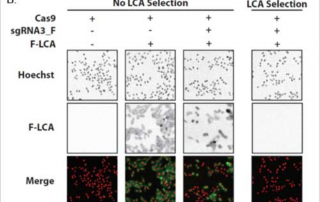Celigo assists in optimizing CHO cells for biopharmaceutical production
The Novo Nordisk Center for Biosustainability (Denmark) set out to improve the efficiency of Chinese hamster ovary (CHO)-cell based production of non-monoclonal antibody, therapeutic glycoproteins designed to serve as biopharmaceuticals. To optimize the growth and production capacities of these CHO cells, the scientists looked at: lipid-based transfection, cell cultivation, cell counting, and antibody-independent product titer. Different growth and transfection parameters were investigated to see which yielded the highest growth profiles and production capacities. The Celigo was used in combination with Hoechst and propidium iodide to count the cells in 96-well format. The system developed here miniaturized the process and allowed [...]

